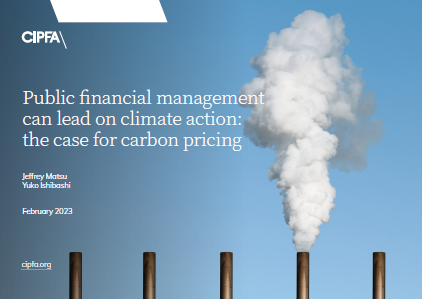Information on carbon pricing in a CIPFA and public financial management context.
COP27 was held against the backdrop of a series of crises ranging from the war in Ukraine to turmoil in energy and food markets. These have amplified what were already profound social and economic challenges laid bare by the COVID-19 pandemic.
Drawn-out negotiations at COP27 highlighted a lack of progress for climate change mitigation. The longevity with which carbon dioxide (CO2) remains in the atmosphere has left many communities frustrated with the failure to forge an agreement over plans to phase down fossil fuels.
The case for carbon pricing
Although the scale of the challenge cannot be addressed through public finances alone, the sector can leverage its expertise in measurement and reporting by embracing carbon pricing. The practice of carbon pricing places a monetary value on emissions, incentivising behavioural shifts in production and consumption to less carbon-intensive activities.
Public finance professionals are key
By integrating climate considerations into measurement, reporting and spending decisions, public finance professionals can play an important role in advancing the global adoption of carbon pricing. By better aligning economic activity with the cost of environmental impact, carbon pricing can form an integral part of a whole system approach to a country’s green transition.

The case for carbon pricing
The scale of climate change and consequences for inaction make net zero a target we cannot afford to miss. Public financial management can support climate action through the reporting of carbon emissions data in a standardised and globally recognised format.
Read the Public financial management can lead on climate action: the case for carbon pricing report
